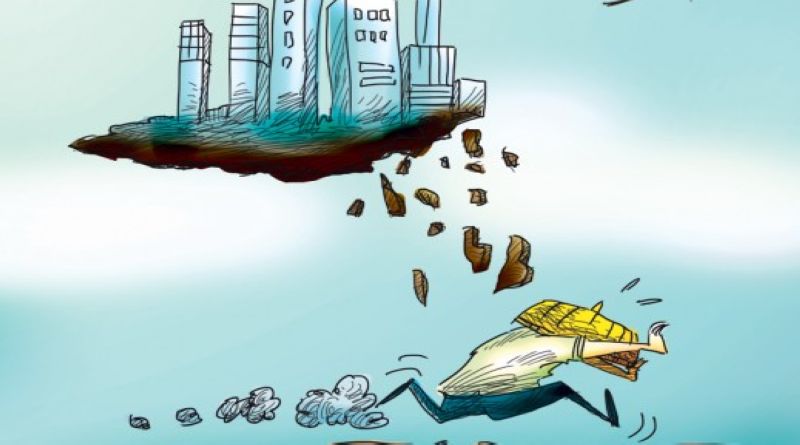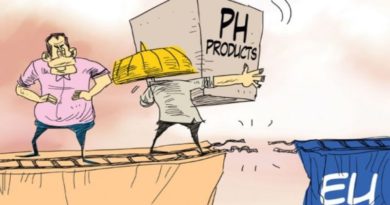Op-Ed: Unsafe city | Editorial – The Manila Standard
IT was amusing—and a little sad—to hear the Manila Police District this week take exception to a study by the Economist Intelligence Unit that showed that Manila was among the least safe in the world, on the basis that the findings should have said Metro Manila.
“The study was measured based on identified megacities in different parts of the world so it would appear that it is not only confined to the local government of Manila alone,” said MPD director Chief Supt. Joel Coronel, speaking on behalf of Manila Mayor Joseph Estrada. “So this will include other cities in Metro Manila as well.”
Perhaps the chief superintendent wants to win points from his mayor for pointing out the obvious—that most international studies use “Manila” to refer to the 16 cities and one municipality that comprise Metro Manila, in the same way they use “Cairo” to mean Greater Cairo and “Tokyo” to refer to Tokyo Metropolis. The EIU says as much in the infographic that accompanies its report.
Nobody who reads the Economist’s Safest Cities Index 2017 will believe that “Manila” refers only to the City of Manila, as the chief superintendent and his mayor seem to think. Most people would believe we have bigger fish to fry.
In the Safest Cities Index 2017 released by Economist Intelligence Unit, the research arm of the London-based multimedia company The Economist Group, Manila was ranked 55th out of the 60 cities examined in the biennial report.
Joining Manila at the bottom 10 were Cairo, Tehran, Quito, Caracas, Ho Chi Minh City, Jakarta, Dhaka, Yangon and Karachi.
Tokyo was named the world’s safest city for the second consecutive time, and was followed by Singapore, Osaka, Toronto, Melbourne, Amsterdam, Sydney, Stockholm, Hong Kong and Zurich.
The report looks at four parameters that make up security:
Digital security, defined as the strength of a city’s cyber security and Internet access
Health security, which measures air and water quality, along with health care
Personal security, which considers crime, violence and police engagement, and
Infrastructure security, which considers transportation, and vulnerability to natural disasters and terrorist strikes.
The chief superintendent correctly points out that Manila (or Metro Manila) ranked low overall because it obtained low marks in digital security and infrastructure security. In both parameters, Manila ended up in the bottom 10.
But it would be wrong to suggest we did all right in the other two factors, health security and personal security. In health security, Manila was 49th, just one step away from the bottom 10. In personal security, Manila was No. 39, deep in the bottom half.
The first step in fixing a problem, it is said, is to acknowledge it exists. The latest Safe Cities Index shows clearly that we have problems in all four parameters—and the sooner we admit that, the sooner we can get around to making Metro Manila a safer place for everyone.
ASEAN NEWSPAPER OPINIONS AND EDITORIALS
7.1. Narco-state mystery unravels – The Daily Tribune

7.2. A national ‘Brigada’ for Marawi’s schools – The Manila Bulletin
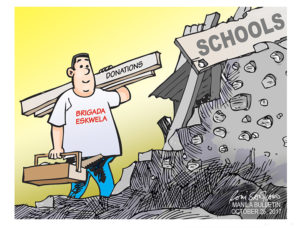
7.3. Unsafe city– The Manila Standard

7.4. THE RIFLE THAT ACTUALLY KILLED HAPILON– The Manila Times
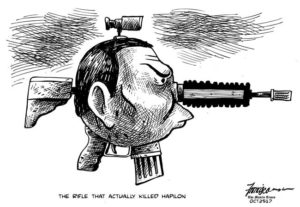
7.5. The death of a crusader– The Philippine Daily Inquirer.
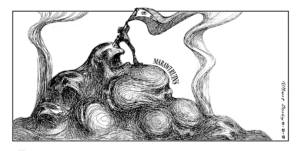
7.6. Migratory wildlife– The Philippine Star
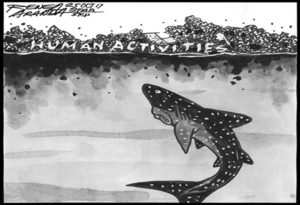
>
NOTE : All photographs, news, editorials, opinions, information, data, others have been taken from the Internet ..aseanews.net | [email protected] |
For comments, Email to :
D’Equalizer | [email protected] | Contributor

